Chrysler 2013 Annual Report Download - page 85
Download and view the complete annual report
Please find page 85 of the 2013 Chrysler annual report below. You can navigate through the pages in the report by either clicking on the pages listed below, or by using the keyword search tool below to find specific information within the annual report.-
 1
1 -
 2
2 -
 3
3 -
 4
4 -
 5
5 -
 6
6 -
 7
7 -
 8
8 -
 9
9 -
 10
10 -
 11
11 -
 12
12 -
 13
13 -
 14
14 -
 15
15 -
 16
16 -
 17
17 -
 18
18 -
 19
19 -
 20
20 -
 21
21 -
 22
22 -
 23
23 -
 24
24 -
 25
25 -
 26
26 -
 27
27 -
 28
28 -
 29
29 -
 30
30 -
 31
31 -
 32
32 -
 33
33 -
 34
34 -
 35
35 -
 36
36 -
 37
37 -
 38
38 -
 39
39 -
 40
40 -
 41
41 -
 42
42 -
 43
43 -
 44
44 -
 45
45 -
 46
46 -
 47
47 -
 48
48 -
 49
49 -
 50
50 -
 51
51 -
 52
52 -
 53
53 -
 54
54 -
 55
55 -
 56
56 -
 57
57 -
 58
58 -
 59
59 -
 60
60 -
 61
61 -
 62
62 -
 63
63 -
 64
64 -
 65
65 -
 66
66 -
 67
67 -
 68
68 -
 69
69 -
 70
70 -
 71
71 -
 72
72 -
 73
73 -
 74
74 -
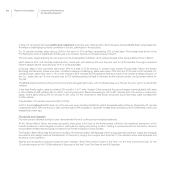 75
75 -
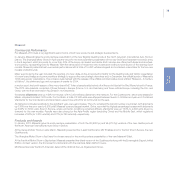 76
76 -
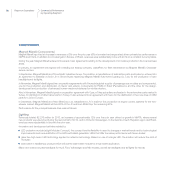 77
77 -
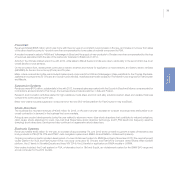 78
78 -
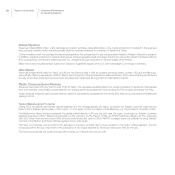 79
79 -
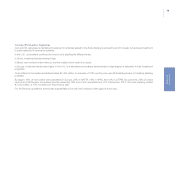 80
80 -
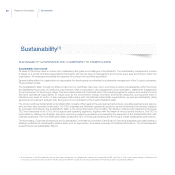 81
81 -
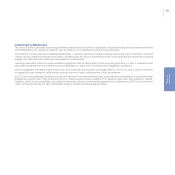 82
82 -
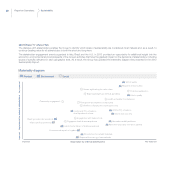 83
83 -
 84
84 -
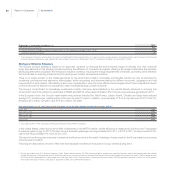 85
85 -
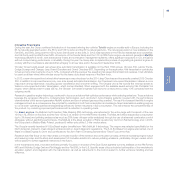 86
86 -
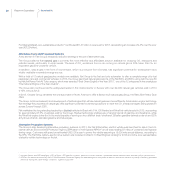 87
87 -
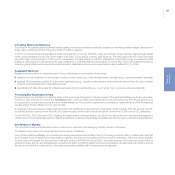 88
88 -
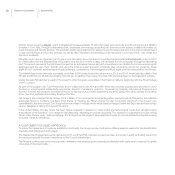 89
89 -
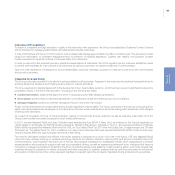 90
90 -
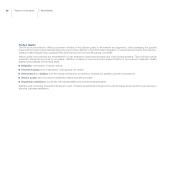 91
91 -
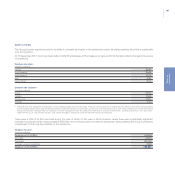 92
92 -
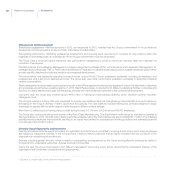 93
93 -
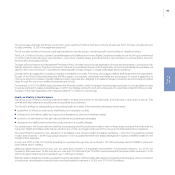 94
94 -
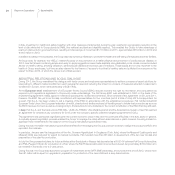 95
95 -
 96
96 -
 97
97 -
 98
98 -
 99
99 -
 100
100 -
 101
101 -
 102
102 -
 103
103 -
 104
104 -
 105
105 -
 106
106 -
 107
107 -
 108
108 -
 109
109 -
 110
110 -
 111
111 -
 112
112 -
 113
113 -
 114
114 -
 115
115 -
 116
116 -
 117
117 -
 118
118 -
 119
119 -
 120
120 -
 121
121 -
 122
122 -
 123
123 -
 124
124 -
 125
125 -
 126
126 -
 127
127 -
 128
128 -
 129
129 -
 130
130 -
 131
131 -
 132
132 -
 133
133 -
 134
134 -
 135
135 -
 136
136 -
 137
137 -
 138
138 -
 139
139 -
 140
140 -
 141
141 -
 142
142 -
 143
143 -
 144
144 -
 145
145 -
 146
146 -
 147
147 -
 148
148 -
 149
149 -
 150
150 -
 151
151 -
 152
152 -
 153
153 -
 154
154 -
 155
155 -
 156
156 -
 157
157 -
 158
158 -
 159
159 -
 160
160 -
 161
161 -
 162
162 -
 163
163 -
 164
164 -
 165
165 -
 166
166 -
 167
167 -
 168
168 -
 169
169 -
 170
170 -
 171
171 -
 172
172 -
 173
173 -
 174
174 -
 175
175 -
 176
176 -
 177
177 -
 178
178 -
 179
179 -
 180
180 -
 181
181 -
 182
182 -
 183
183 -
 184
184 -
 185
185 -
 186
186 -
 187
187 -
 188
188 -
 189
189 -
 190
190 -
 191
191 -
 192
192 -
 193
193 -
 194
194 -
 195
195 -
 196
196 -
 197
197 -
 198
198 -
 199
199 -
 200
200 -
 201
201 -
 202
202 -
 203
203 -
 204
204 -
 205
205 -
 206
206 -
 207
207 -
 208
208 -
 209
209 -
 210
210 -
 211
211 -
 212
212 -
 213
213 -
 214
214 -
 215
215 -
 216
216 -
 217
217 -
 218
218 -
 219
219 -
 220
220 -
 221
221 -
 222
222 -
 223
223 -
 224
224 -
 225
225 -
 226
226 -
 227
227 -
 228
228 -
 229
229 -
 230
230 -
 231
231 -
 232
232 -
 233
233 -
 234
234 -
 235
235 -
 236
236 -
 237
237 -
 238
238 -
 239
239 -
 240
240 -
 241
241 -
 242
242 -
 243
243 -
 244
244 -
 245
245 -
 246
246 -
 247
247 -
 248
248 -
 249
249 -
 250
250 -
 251
251 -
 252
252 -
 253
253 -
 254
254 -
 255
255 -
 256
256 -
 257
257 -
 258
258 -
 259
259 -
 260
260 -
 261
261 -
 262
262 -
 263
263 -
 264
264 -
 265
265 -
 266
266 -
 267
267 -
 268
268 -
 269
269 -
 270
270 -
 271
271 -
 272
272 -
 273
273 -
 274
274 -
 275
275 -
 276
276 -
 277
277 -
 278
278 -
 279
279 -
 280
280 -
 281
281 -
 282
282 -
 283
283 -
 284
284 -
 285
285 -
 286
286 -
 287
287 -
 288
288 -
 289
289 -
 290
290 -
 291
291 -
 292
292 -
 293
293 -
 294
294 -
 295
295 -
 296
296 -
 297
297 -
 298
298 -
 299
299 -
 300
300 -
 301
301 -
 302
302 -
 303
303 -
 304
304 -
 305
305 -
 306
306 -
 307
307 -
 308
308 -
 309
309 -
 310
310 -
 311
311 -
 312
312 -
 313
313 -
 314
314 -
 315
315 -
 316
316 -
 317
317 -
 318
318 -
 319
319 -
 320
320 -
 321
321 -
 322
322 -
 323
323 -
 324
324 -
 325
325 -
 326
326 -
 327
327 -
 328
328 -
 329
329 -
 330
330 -
 331
331 -
 332
332 -
 333
333 -
 334
334 -
 335
335 -
 336
336 -
 337
337 -
 338
338 -
 339
339 -
 340
340 -
 341
341 -
 342
342 -
 343
343 -
 344
344 -
 345
345 -
 346
346 -
 347
347 -
 348
348 -
 349
349 -
 350
350 -
 351
351 -
 352
352 -
 353
353 -
 354
354 -
 355
355 -
 356
356 -
 357
357 -
 358
358 -
 359
359 -
 360
360 -
 361
361 -
 362
362 -
 363
363 -
 364
364 -
 365
365 -
 366
366
 |
 |

84 Report on Operations
Dedication to innovation in numbers (no.) 2013
CFR employees at year end 905
Co-funded research programs, approved under the EU’s 7th Framework Program(*)(2007-2013) 174
of which: approved in 2013 23
(*) The Framework Programs are funding instruments established by the European Union to support and encourage research and development. Each program is put forward
by the European Commission and adopted by the European Council and Parliament. The 7th Framework Program ran from 2007 to 2013.
Strategy to Minimize Emissions
The Group’s product strategy is based on an approach centered on reducing the environmental impact of vehicles over their entire life
cycle. Key elements in that strategy include improving the efficiency of conventional engines, offering a full range of alternative fuel vehicles,
developing alternative propulsion and emissions reduction systems, reducing the energy requirements of vehicles, promoting driver behavior
that contributes to reducing emissions and introducing new mobility services and solutions.
There is no single solution to the challenges faced by the automotive industry. Immediate and tangible results can only be achieved by
combining conventional and alternative technologies, while recognizing and accommodating the different economic, geographic and fuel
requirements of each market. Affordability is also a key consideration: even the most effective technologies cannot have a significant impact
on the environment if they are too expensive to reach a sufficiently large number of people.
The Group’s commitment to increasingly sustainable mobility has been demonstrated by the results already achieved in reducing fuel
consumption and CO2 emissions, particularly in EMEA and NAFTA, where approximately 72% of Group revenues were generated in 2013.
In the European Union, the Group’s mass-market and premium brands (Fiat, Alfa Romeo, Lancia, Abarth, Chrysler and Jeep) have reduced
average CO2 emissions per vehicle sold by 24% over the past 13 years. In addition, approximately 71% of Group cars sold in 2013 had CO2
emissions at or below 120 g/km, and 81% at or below 130 g/km.
New registrations by CO2 emissions level in European Union for Mass-Market and premium brands (g/km)(*)
up to 100 13%
from 101 to 110 12%
from 111 to 120 46%
from 121 to 130 10%
above 130 19%
(*) CO2 data based on New European Driving Cycle (NEDC) measurement standard.
In the United States, which accounts for 84% of shipments in the NAFTA market, vehicle efficiency is measured by fuel economy(1) expressed
in miles per gallon (mpg). In 2013, Chrysler Group’s domestic passenger car mpg increased from 31.1 in 2012 to 32.1, an improvement of 3%.
Light truck mpg increased 1%, from 24.3 to 24.5.
This trend of continuing improvements in emissions and fuel economy is the result of strategic choices made by the Group based on a process
of continuous innovation.
Following are descriptions of some of the main technological innovations introduced on Group vehicles during 2013.
(1) Data is reported to the U.S. National Highway Traffic Safety Administration (NHTSA) and provided by model year, meaning the year used to designate a discrete vehicle
model, irrespective of the calendar year in which the vehicle was actually produced, provided that the production period does not exceed 24 months. CAFE standards from
NHTSA are set independently for passenger cars and light duty trucks. Fuel economy is based on the most recent NHTSA required submission, which for 2013 reflects
mid-model year data. Previous year data is adjusted to reflect final EPA/NHTSA reports.
Sustainability
